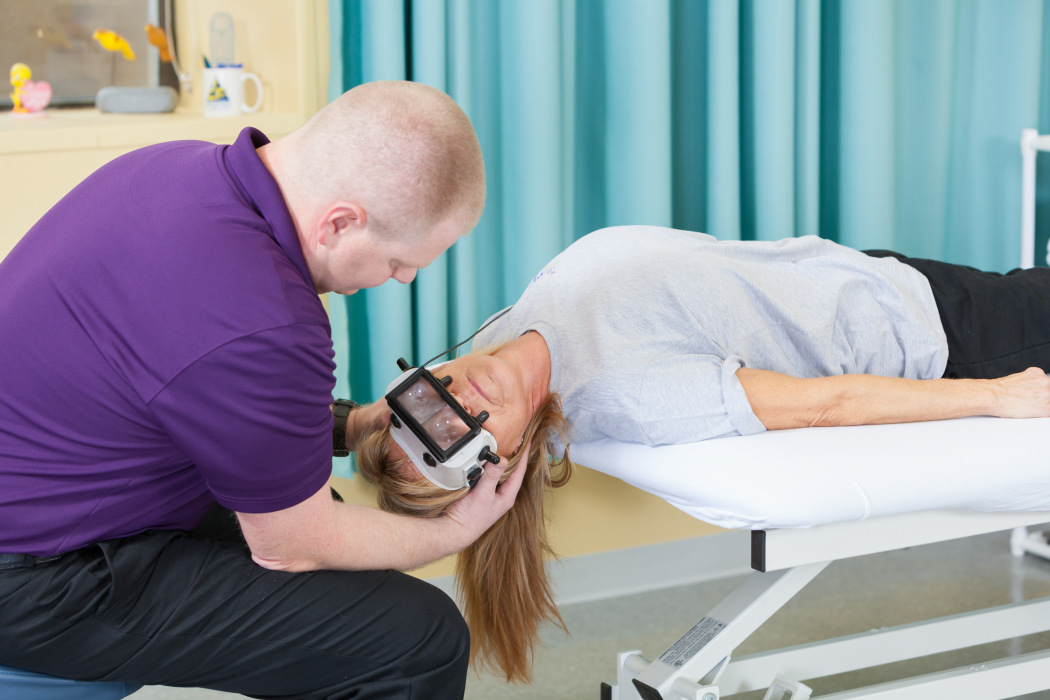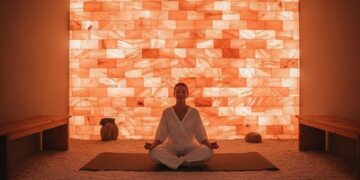Have you ever experienced dizziness, vertigo, or a spinning sensation that left you feeling disoriented and unsteady on your feet? If so, you may have had some form of vestibular dysfunction, a condition that affects the inner ear and can disrupt your sense of balance and spatial orientation.
Vestibular rehabilitation, a specialized branch of physical therapy, plays a crucial role in helping individuals regain their equilibrium and improve their quality of life. At Turning Point, we understand the impact dizziness and imbalance can have on everyday life. Our physical therapy team offers vestibular rehabilitation in Edmonton for patients suffering from vestibular symptoms.
Understanding Vestibular Dysfunction
Before diving into the role of physical therapy in vestibular rehabilitation, let’s first grasp the fundamentals of vestibular dysfunction. The vestibular system, located within the inner ear, is responsible for maintaining balance and spatial orientation. It consists of structures like the semicircular canals and otolith organs, which detect head movements and changes in head position.
When the vestibular system malfunctions, it can lead to various debilitating symptoms, such as:
- Vertigo: A sensation of spinning or whirling, often accompanied by nausea.
- Dizziness: Feeling lightheaded or unsteady.
- Imbalance: Difficulty maintaining an upright posture or walking without stumbling.
- Nausea and Vomiting: Frequently associated with vertigo, especially in severe cases.
These symptoms can significantly impact an individual’s daily life, making simple tasks like getting out of bed, walking, or driving extremely challenging. Vestibular rehabilitation is designed to address these issues effectively.
The Role Of Physical Therapy In Vestibular Rehabilitation
Physical therapy is a non-invasive and evidence-based approach to managing vestibular dysfunction. A trained vestibular therapist works closely with patients to develop personalized treatment plans that target their specific symptoms and underlying causes. Here’s an in-depth look at the key components of vestibular rehabilitation:
Assessment And Diagnosis
The first step in vestibular rehabilitation is a comprehensive assessment of the patient’s condition. This may involve a series of tests and evaluations to determine the extent of vestibular dysfunction and identify any other contributing factors, such as musculoskeletal issues or vision problems.
Customized Exercise Programs
Based on the assessment findings, the physical therapist designs an individualized exercise program. These exercises aim to improve balance, coordination, and overall function. Common exercises may include gaze stabilization exercises, balance training, and head movements to desensitize the vestibular system gradually.
Habituation Exercises
Many individuals with vestibular dysfunction experience symptoms like dizziness and vertigo when exposed to specific movements or positions. Habituation exercises involve controlled exposure to these triggers, helping the patient’s brain adapt and reduce the intensity of symptoms over time.
Compensatory Strategies
Vestibular rehabilitation also focuses on teaching patients compensatory strategies to minimize the impact of their symptoms on daily activities. This may involve techniques for retraining the brain to rely more on visual and proprioceptive cues for balance.
Education And Lifestyle Modifications
Patients receive valuable education about their condition and learn how to manage it effectively in their daily lives. This may include advice on making modifications to their environment or lifestyle to reduce the risk of falls and injury.
Progress Monitoring
Throughout the rehabilitation process, the physical therapist continually assesses the patient’s progress and adjusts the treatment plan as needed. The goal is to gradually reduce symptoms and improve the individual’s quality of life.
The Benefits Of Vestibular Rehabilitation
Vestibular rehabilitation offers numerous benefits to individuals struggling with vestibular dysfunction:
- Improved Balance And Mobility: One of the primary goals of vestibular rehabilitation is to enhance balance and mobility. As patients progress through their treatment plans, they often regain their ability to perform everyday activities without fear of falling or experiencing dizziness.
- Enhanced Quality Of Life: Vestibular dysfunction can be emotionally distressing and limit participation in social and recreational activities. Successful rehabilitation can restore a sense of normalcy and independence, leading to an improved quality of life.
- Reduced Reliance On Medications: Many individuals with vestibular dysfunction turn to medications to manage their symptoms. Through vestibular rehabilitation, some can reduce or eliminate their reliance on medication, reducing potential side effects.
- Prevention Of Falls and Injuries: Improved balance and coordination help prevent falls and related injuries, which can be particularly important for older adults who are at a higher risk of fractures and complications from falls.
Find Your Turning Point In Edmonton
Vestibular dysfunction can significantly impact a person’s daily life, leading to symptoms like dizziness, vertigo, and impaired balance. Fortunately, physical therapy, specifically vestibular rehabilitation, plays a vital role in alleviating these symptoms and restoring a sense of normalcy to affected individuals.
If you or someone you know is struggling with vestibular dysfunction, don’t hesitate to seek help from our trained vestibular therapists at Turning Point. With our physiotherapy services in Edmonton, improved vestibular health can become an achievable goal.


 Home
Home









